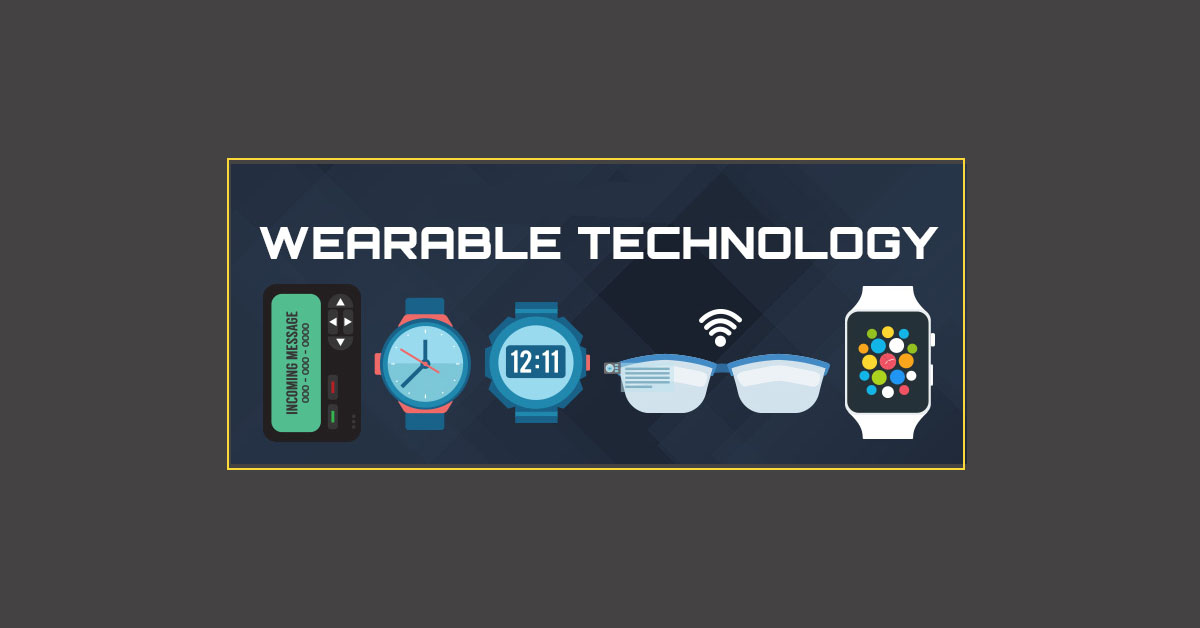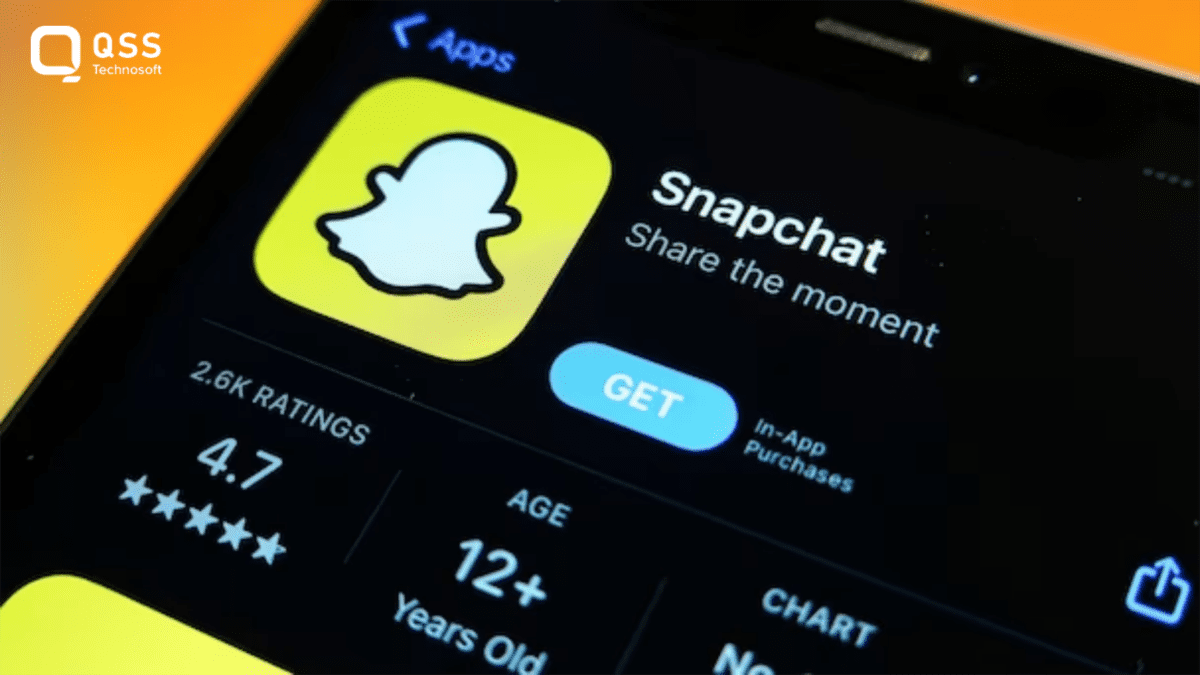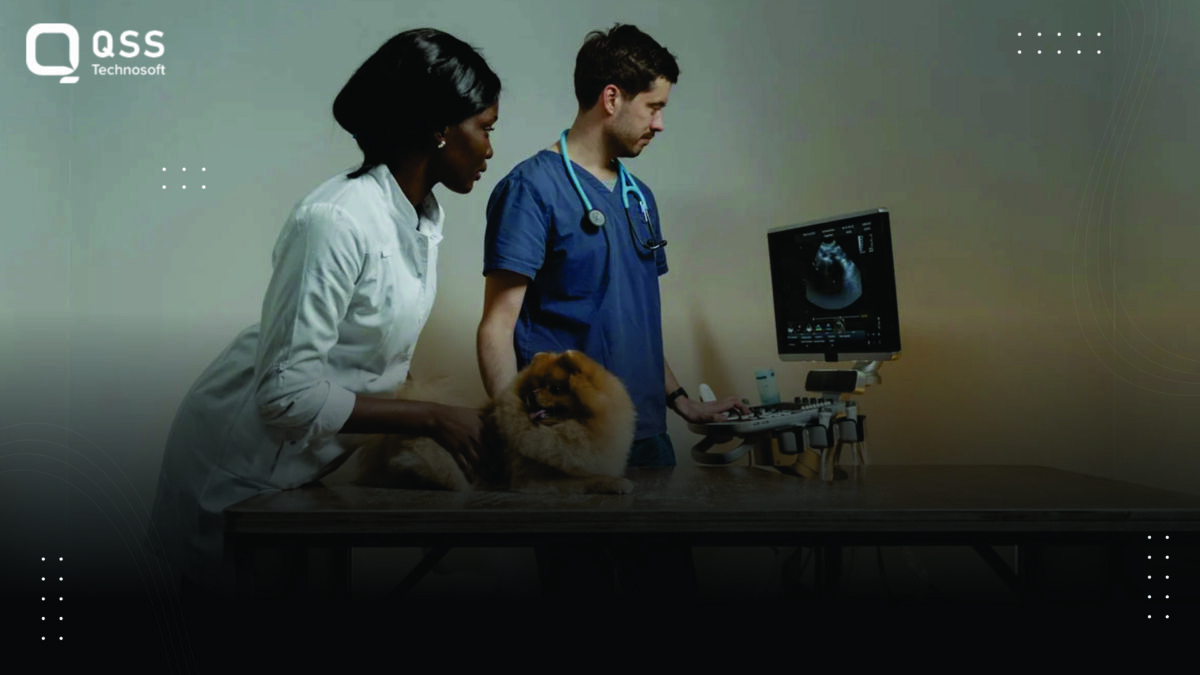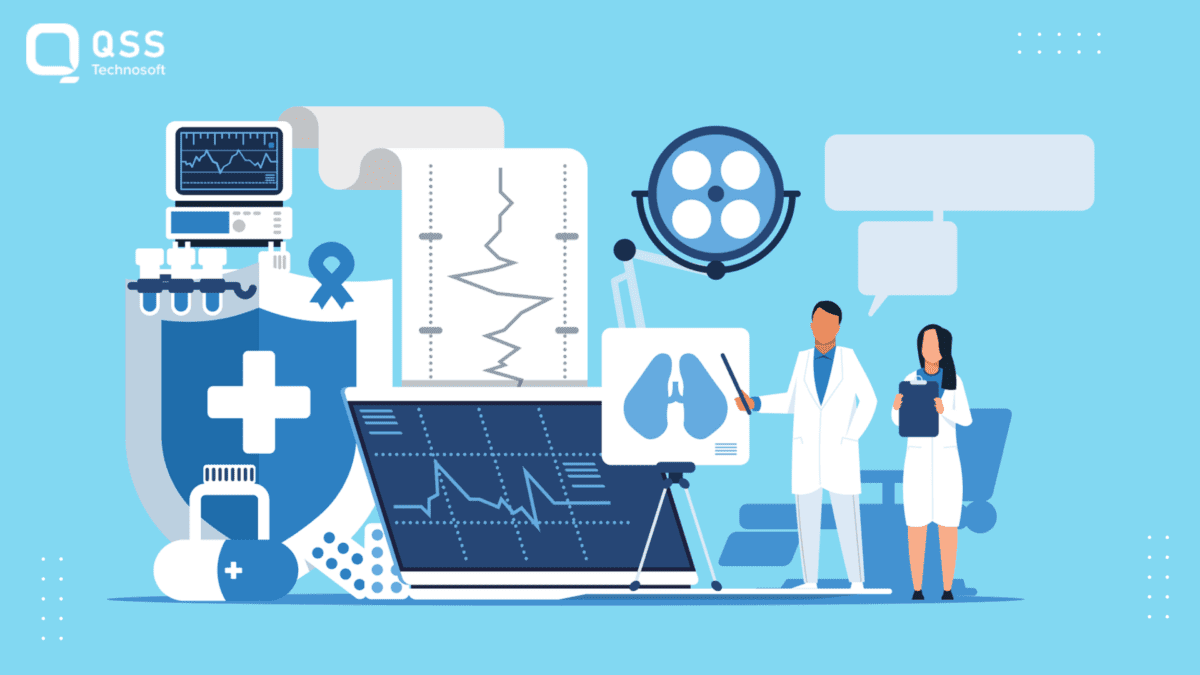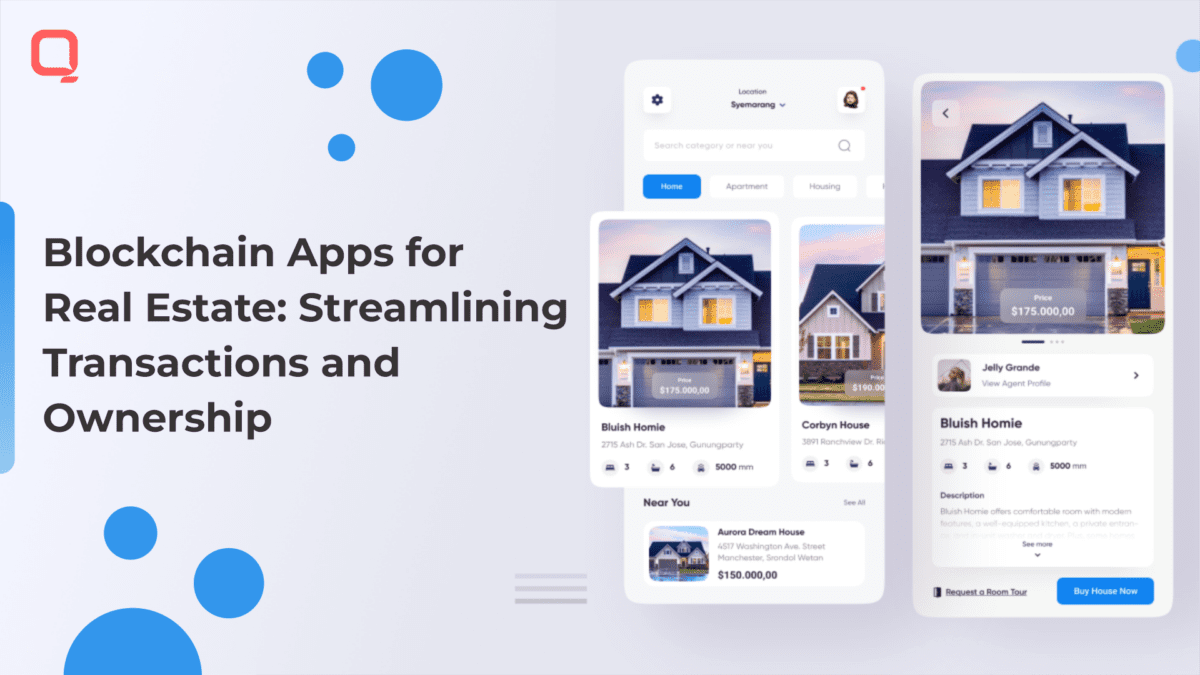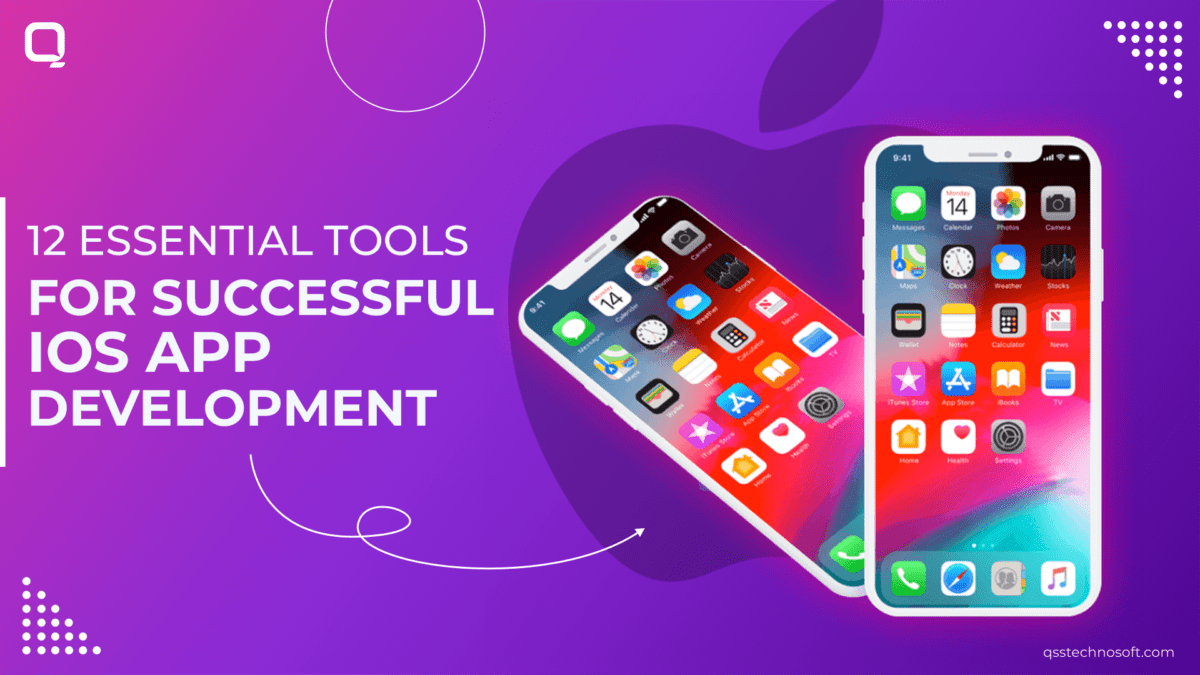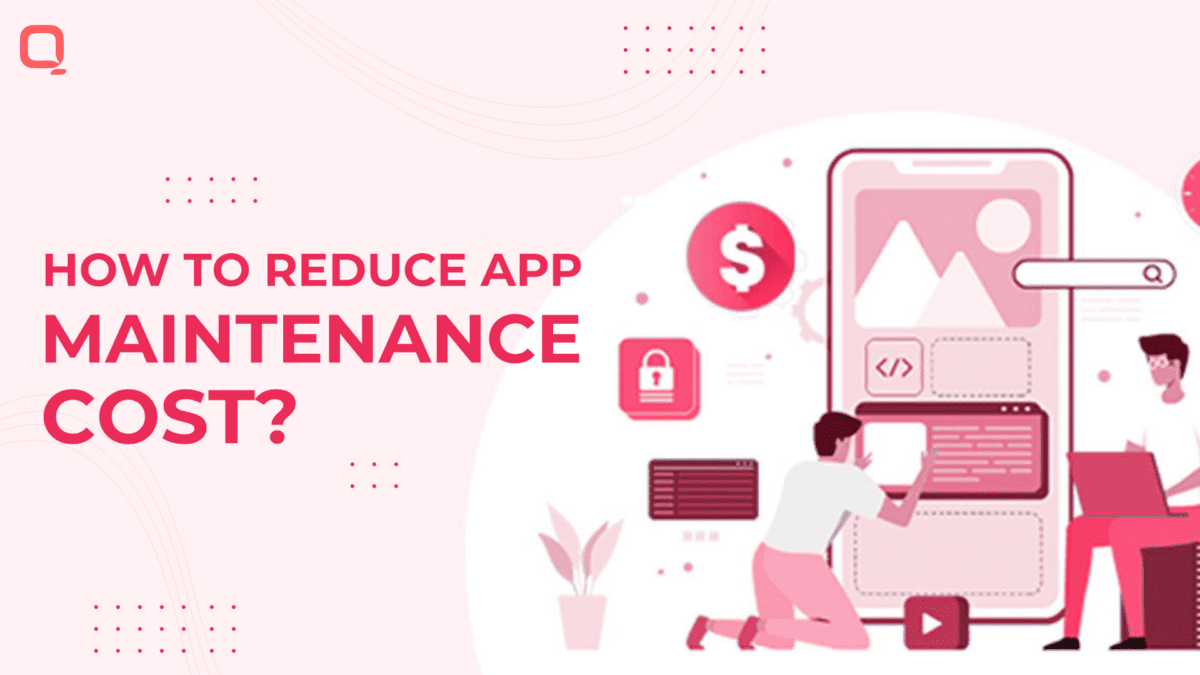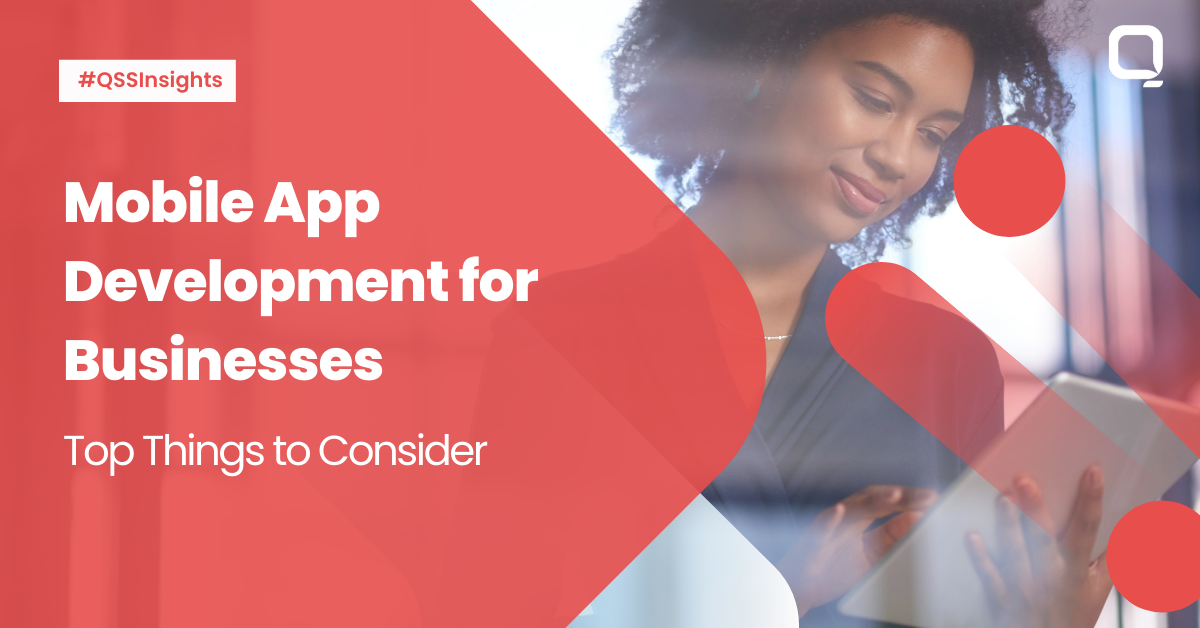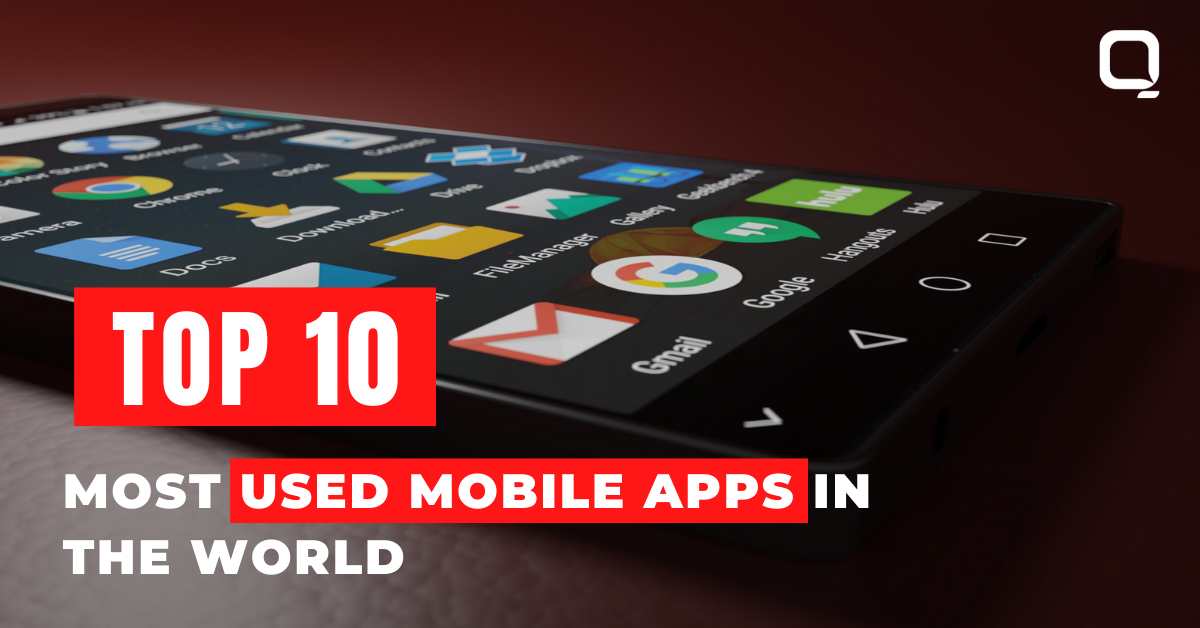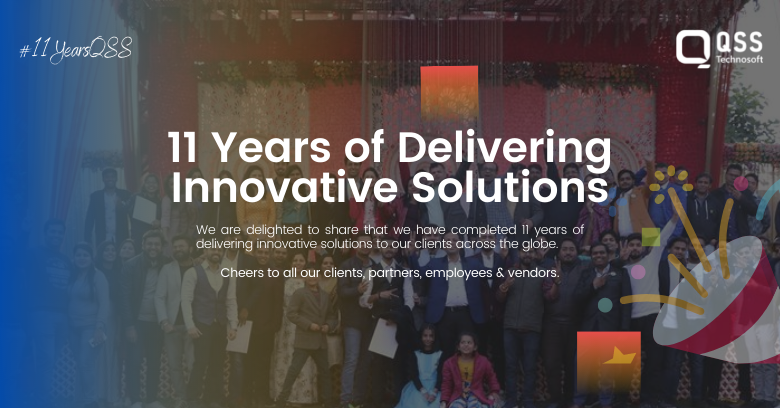For many of us, technology has taken over. We see the young and old alike staring at some sort of screen at home, at work, on the go, while waiting in lines, at the bus or subway stop, and on their commute.
We carry smartphones, and tablets, and laptop computers. Our homes have become “smart”. And the internet of things – where everyday objects like lamps and coffee makers have network connectivity – is no longer the stuff of science fiction.
You either love it, or hate it. But it’s not all bad.
There are advances in medical technology that have improved the lives of millions. High tech devices can assist in a wide variety of health conditions, and the wearable medical device industry is expected to see 8% annual revenue growth between now and 2019. For some, these devices help lower the cost of healthcare, and reduce or outright eliminate the need for costly visits or stays in hospitals.
The data so collected is shared via cloud server to a mobile app interface or web backend of a health care professional where it would be used for further analysis and decision-making. Owing to this simplicity in healthcare monitoring & diagnosis, mobile app development for wearables have skyrocketed in activity in the last 5 years. The growth story of Fitbit, Cardio, Apple watch is noteworthy examples.
Wearables Never Sleep
Wearables are always ‘ON’. They are always running in the background and never shut down. They are data collectors that track your every single move without ever asking for input in the form of key punches.
However, once in a while you will have to toggle the settings to make the wearable more aligned to your lifestyle. Like, setting the morning alarm, increasing the step count for the day, social and notifications, etc.
Wearable technology devices will bring about a whole new shift in how we live. They will help:
1. Quantify ourselves in exact physical activity
2. Document our lives over a period of time
3. Augment our daily physical experiences
4. Create new realities by merging the physical with virtual world
Although the industrial applications of wearables is boundless, the maximum positive impact will come in the form wearable technology healthcare devices. As Vala Afashar writes in this Huffington Post, “Wearable health technology brings three distinctly beneficial trends to the table – connected information, community, and gamification.”
Wearable Technology Applications in Healthcare
Providing healthcare until the Digital infusion happened has been an insurmountable challenge. Healthcare professionals wanted quick access to patient information, possibly on a real-time basis with accuracy so that the right health advice can be administered.
Patients, on the other hand, did not want to make regular hospital visits and subject themselves to inspection that cost time, money and effort. Not to mention that often unavailability of medical equipment and doctors for conducting the elementary health checkups.
Wearable technology devices fix the problem. It forges a virtual connection between the patient and the doctor or the healthcare giver over the Internet (cloud) with accuracy, real-time information, and accessibility. It saves time, money and also effort. All points checked!
Patients cannot complain either. Wearable technology healthcare devices are:
1. Stylish in looks
2. Offer hands-free usage
3. Comfortable to wear all day long and even while sleeping
4. offer quick accessibility
5. Require near-zero maintenance
Apart from these minor wearable technology benefits, there is a bigger impact of wearable technology in healthcare industry. They are detailed as under:
Quick Medical Data Access
Wearables can give a host of real-time access to healthcare data like physical activity levels, deep sleep rate, pulse rate, sugar levels, etc. These information helps healthcare professionals to proactively diagnose symptoms of diabetes, heart problems and other chronic health problems.
Proactive Health Monitoring
Wearables help understand the user’s lifestyle in detail. This helps in proactively preparing for possible health issues that do not exist now, but have a large probability of happening in the near future.
Weight Control & Physical Activity Moderation
Fitbit, Apple + Nike Watch are predominantly used by people to monitor their physical activity like steps count, calories burnt, weight loss, etc. Unlike traditional systems, wearables give accurate measure of physical activity that helps users reach their health and wellness goals easily.
Patient-Doctor Connect
Wearables help create a virtual patient-doctor connect. Basic data reports of health activity and stats like pulse rate, sugar levels, slepe rate, etc. can be sent to doctor’s email or hospital’s cloud server for timely diagnosis.
Real-time Emergency Alerts
Wearable apps can trigger can raise emergency alerts in the event of the user suffering a health failure, sudden drop in sugar levels, fainting, accidents, etc. to healthcare professionals or hospitals in near vicinity.
Other Life-changing Healthcare Applications of Wearables
Apart from health monitoring and reporting statistics, there is lot more that healthcare wearables can do. They come in the form of enhancers that can help users with disability to navigate the physical world safely and without any external help.
Hearables
Electronic in-hear devices that help people with hearing disability to listen to sounds with better clarity. Hearables also have advanced applications in defense and military environments where communication needs to take place through wireless means with advanced facilities like navigation and warnings.
Vision Impaired Navigation & Wearable Translator
Wearables like necklaces, in-ear devices and glasses that can guide blind or vision impaired individuals to see with better clarity. Tiny devices that can be worn like earphones with microphones that can translate foreign languages into native language as chosen by the user.
The Times Ahead
Wearable technology and healthcare are a great combination. They bring together the best of both worlds. The world of wearables is one that is growing in number and popularity with every passion hour. Statistia estimates 35 Million smart wristbands and fitness trackers to have been shipped worldwide in 2016.
The number is all set to rise. Apple, Microsoft, Fitbit, Google, Intel, every tech giant is in the works to create healthcare wearables that track our every move and predict healthcare remedies. In fact, luxury smartwatch makers like Tag Heuer and Louis Vuitton have also smartwatches that run on Android.
All said one cannot undermine the explosive potential of wearables in saving human life from fatal health issues.
